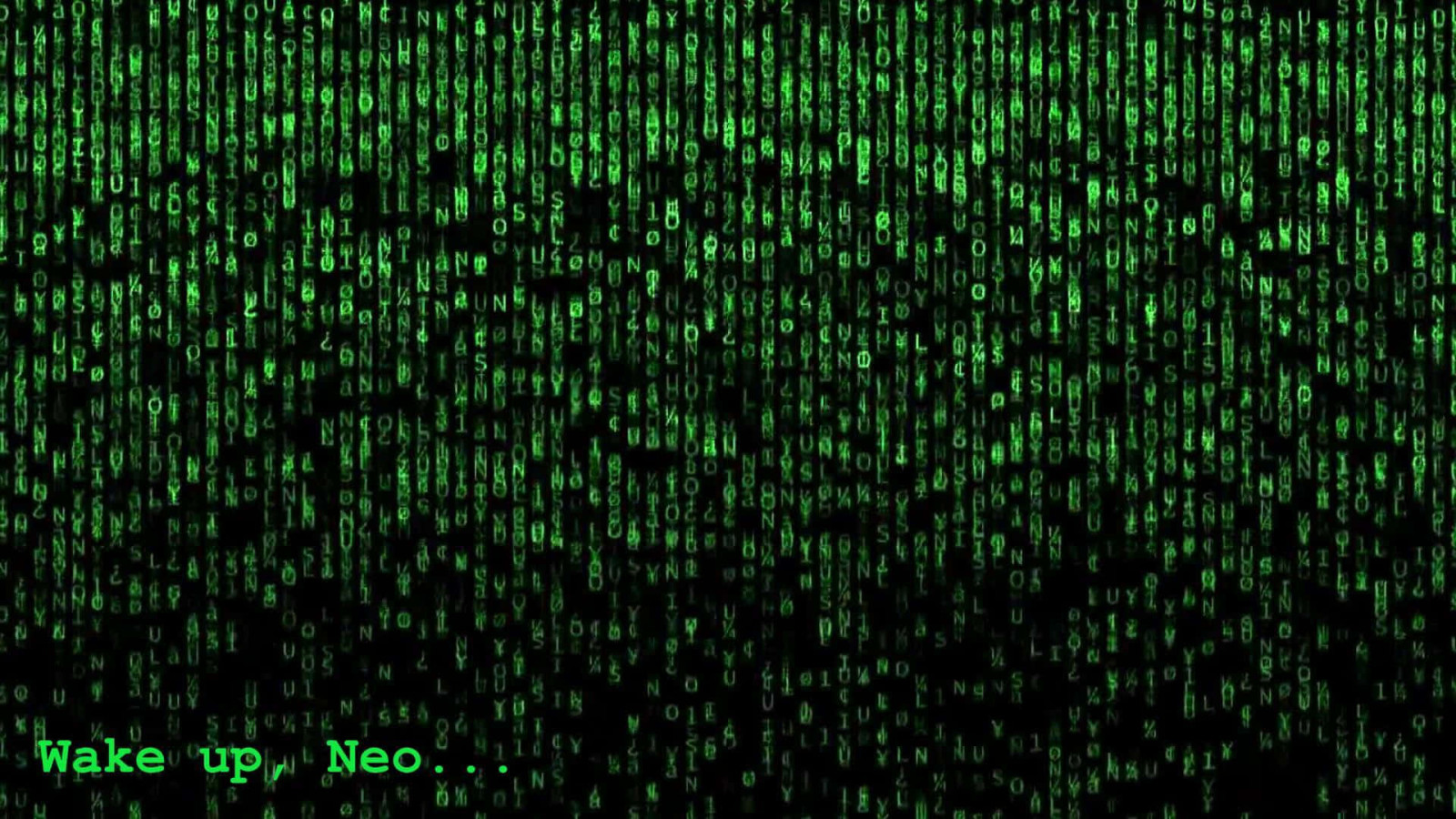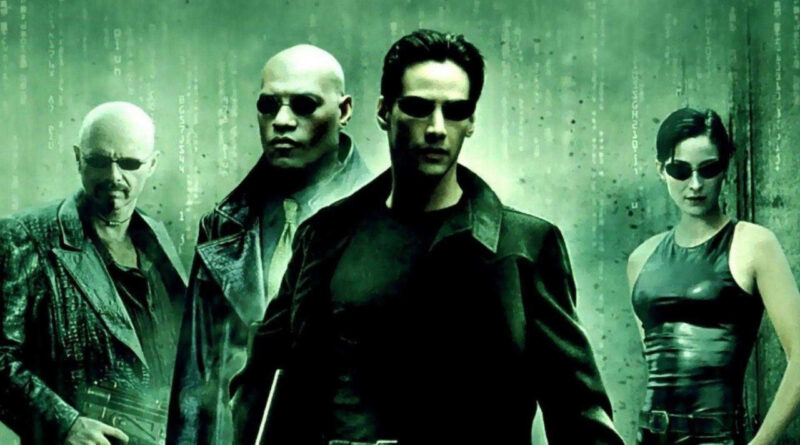After 25 years, The Matrix looks more real than ever
It’s been 25 years since the release of “The Matrix,” the blockbuster movie that popularized the idea that we might be inside a computer-generated world made real by Lana and Lilly Wachowski, also known as the Wachowski sisters.
Released on March 31, 1999, “The Matrix” was not the most anticipated movie of the last year of the 20th century (that movie was probably “Star Wars: Episode 1”), but it is now inevitably the most talked about movie of that year and is still today. It was even a movie that was talked about.
The film’s excitement was due in part to its groundbreaking special effects (such as slow-motion scenes), but the film has remained relevant because of our ongoing concern with artificial intelligence (AI) and the film’s central techno-philosophical question, which is often asked today: are we living inside a computer simulation?
This idea, now called the simulation hypothesis, has been taken seriously by technologists, scientists, and philosophers ever since. The main reason for this change is the dramatic developments in computer graphics, virtual and augmented reality (VR and AR) and artificial intelligence.
According to an article written by Rizwan Virk and published on CNN, when we consider just the three developments made by Apple, Neuralink and OpenAI this year, it now seems much more likely that we are in a computer simulation. The closer our technology comes to creating a fully interactive simulation like the Matrix, the more likely it is that someone has already built such a world and that we are already inside their world.
At the time the movie was released, the idea of being in a video game was firmly in the realm of science fiction. This was expressed by science fiction writer Philip K. Dick, one of the Wachowskis’ heroes, in 1977 with the sentence, “We live in a computer-programmed reality.”
At the time the movie was released, the internet was a relatively new thing and artificial intelligence was still in development. But concerns had already begun about where technology would take us. Similar to “Terminator” in the 1980s, when personal computers without Internet connections were in vogue, “The Matrix” tapped into emerging fears about constant connectivity via cyberspace.
ChatGPT and Matrix
Considering that artificial intelligence is now in the news every day thanks to ChatGPT and similar developments, Matrix can be considered more important than ever. In perhaps one of the most important scenes of the film, Morpheus (Laurence Fishburne) explains to Neo (Keanu Reeves) that the real year is around 2199, that artificial intelligence became conscious in the early 21st century and that there is a war between humans and artificial intelligence, and that a war based on the year 1999 is taking place. He says he is in a simulation. The most famous scene in the movie is when Morpheus asks Neo, who wants to know what the Matrix is, whether to take the red pill and “wake up” or to take the blue pill and return to the simulation world in 1999.

Over the years since the film, the term “red pill” has been adopted and used today to mean that someone has woken up to the realization that they have been deceived by those in power. Still, this plot, which ends with Neo waking up in a futuristic world where humans are enslaved by artificial intelligence, has inspired many to wonder if we, too, are living in a simulation.
If you’ve ever played a well-made VR game, you may know how realistic the digital world can look and feel. So it’s certainly not impossible for us to be in a truly massively advanced simulated world. At least that’s what Virk says. Since the number of simulated worlds is much greater than the “real” world, the probability of us being in a simulation will be much higher than the probability of being in the “real” world. Of course, like most such theories, this theory is almost impossible to prove or disprove.
Elon Musk’s Neuralink
Recent developments in the world of technology show that we may reach the point of simulation very soon. We are seeing more and more VR devices, and “mixed reality” devices that combine virtual reality and augmented reality technologies are also starting to emerge effectively.
Such technologies, which can make you believe that you are in another time and place, can also blur the lines between physical and digital objects with their impressive abilities. A future in which these technologies do not need headsets and can perhaps be activated with some kind of chip implant like the one developed by Elon Musk’s Neuralink is now starting to look like a possible future, rather than a fiction heard only in stories.
If you re-watch “The Matrix” today, you will probably look around and say, as Neo did, “Are you saying this isn’t real?” you may ask. Of course, as we said before, although it is almost impossible to prove or disprove this claim, it would be an interesting idea to think about.
